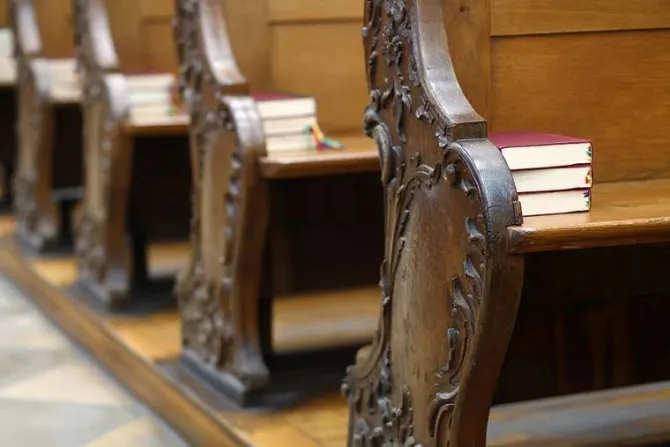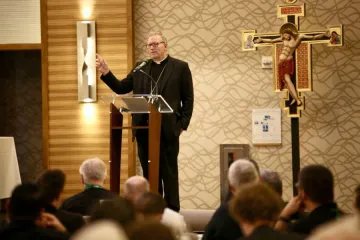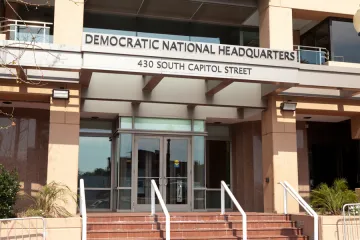Washington, D.C. Newsroom, Jun 28, 2023 / 07:00 am
Although church attendance in the United States saw a slight uptick in 2023, fewer Americans are going to church than they did before the start of the COVID-19 pandemic and lockdowns, according to a Gallup poll released June 26.
Gallup surveyed more than 1,000 Americans between May 1 and May 24, asking them whether they had attended church, synagogue, mosque, or temple within the last seven days. The results found that only 31% of respondents said they had. About 84% of worshippers were attending in person, but about 16% were still attending remotely.
The 31% attendance rate was the highest found by the pollsters since the start of the COVID-19 pandemic. The 2020 survey found that only 30% of respondents attended a service within the week they were polled, which dropped to 29% in 2021 and rose again to 30% in 2022.
Despite the slight uptick, the poll found that attendance was still three percentage points lower than the 34% attendance rate found in 2019, the year before the COVID-19 pandemic began. However, the attendance was only one percentage point lower than the 32% rate found by pollsters in 2018, which was, prior to the COVID-19 pandemic, the lowest-ever attendance rating found by pollsters.
The average rate of attendance from 2016 through 2019 was 34% and the average rate of attendance from 2020 through 2023 was 30%.
Post-pandemic church attendance rates declined more sharply among Catholics than it did among Protestants. The 2016-2019 average among Catholics was 37%, compared with a 2020-2023 average of only 30%. Protestants in the same time frame fell from 44% to 40%.
“It is not clear if the pandemic is the cause of the reduced attendance or if the decline is a continuation of trends that were already in motion,” Gallup Senior Editor Jeffrey M. Jones said in a news release accompanying the data. “However, the temporary closure of churches and ongoing COVID-19 avoidance activities did get many Americans out of the habit of attending religious services weekly.”
Church attendance is also substantially lower than the attendance rates found in the 1990s and the 2000s by Gallup pollsters. In the ’90s, church attendance fluctuated between 43% at its highest point and 38% at its lowest point. In the 2000s, attendance fluctuated between 44% at its highest point and 39% at its lowest point.
The poll showed that church attendance has generally been on the decline since 2009, when 42% of respondents said they had attended a service in the past week. After 2009, attendance rates have mostly been in the 30s, with only two exceptions: 40% attendance in 2012 and 29% attendance in 2021.
Church attendance was at its height in the mid- to late-1950s. The highest points were 49% in 1955 and 49% again in 1958. Gallup’s data goes back to 1939, but it did not conduct regular annual polls until the late 1980s.
Post-pandemic church attendance declined among Republicans, Democrats, and Independents, according to the recent poll. From 2016 through 2019, about 45% of Republicans answered that they had attended a church service, compared with 40% from 2020 through 2023. In that same time frame, Independents declined from 30% to 25% and Democrats declined from 28% to 25%.
The margin of sampling error for the poll was plus or minus 4% with a 95% confidence level.







